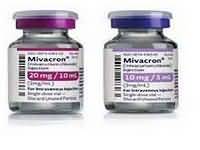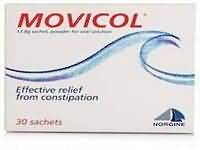mircera

CLINICAL USE
Management of anaemia associated with renal impairment in pre-dialysis and dialysis patientsDOSE IN NORMAL RENAL FUNCTION
ESA-naive patients: 0.6 mcg/kg every 2 weeks, changing by 25% according to response; once stable change to monthly dosingTarget haemoglobin usually 10–12 g/dL If previously on an ESA: 120–360 mcg monthly depending on previous ESA dose, and adjust according to responsePHARMACOKINETICS
DOSE IN RENAL IMPAIRMENT
GFR (mL/MIN)
DOSE IN PATIENTS UNDERGOING RENAL REPLACEMENT THERAPIES
IMPORTANT DRUG INTERACTIONS
Potentially hazardous interactions with other drugsRisk of hyperkalaemia with ACE inhibitors and angiotensin-II antagonistsADMINISTRATION
Reconstition
–Route
SC, IVRate of Administration
–Comments
–OTHER INFORMATION
Pre-treatment checks and appropriate correction/ treatment needed for iron, folate and B12 deficiencies, infection, inflammation or aluminium toxicity to produce optimum response to therapyConcomitant iron therapy (200–300 mg elemental oral iron) needed daily. IV iron may be needed for patients with very low serum ferritin (<100 nanograms/mL)May increase heparin requirement during
See how to identify renal failure stages according to GFR calculation
See how to diagnose irreversible renal disease
Home








